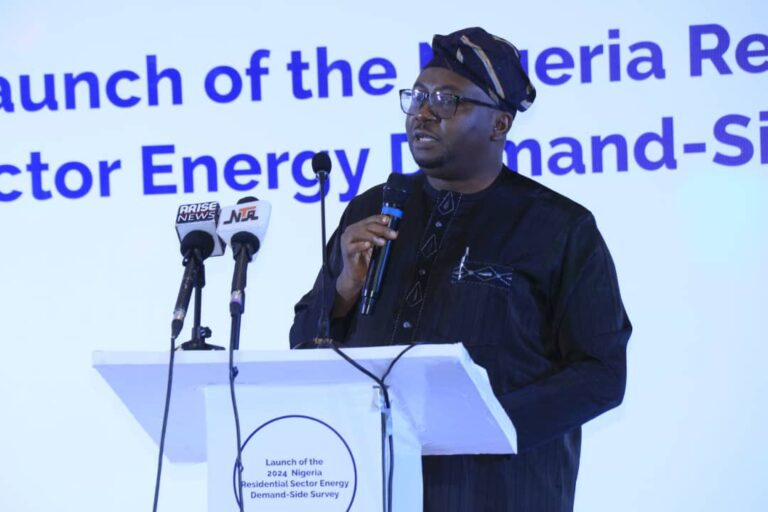Abuja, Nigeria — April 2025 — The Federal Government is in the process of securing $2.3 billion to transform Nigeria’s fragile transmission infrastructure, according to the Minister of Power, Adebayo Adelabu.
In a statement released on Sunday, Adelabu revealed that the funds will be used to significantly boost the power sector’s transmission capacity through critical upgrades—most notably under the Presidential Power Initiative (PPI), also known as the Siemens Project. The initiative is part of a broader strategy to stabilize Nigeria’s energy supply and improve access across both urban and underserved communities.
“The government of Germany has been instrumental in facilitating this partnership, and Siemens is handling several of the most vital transmission projects,” Adelabu said.
Transmission Improvements and Siemens Pilot Milestones
Adelabu noted that Nigeria has already begun to see results. The pilot phase of the Siemens Project, which involves the installation and commissioning of 10 power transformers and 10 mobile substations, is nearing completion.
“We’ve installed about 90 percent of the equipment, and it’s already working. These upgrades alone have added over 700 megawatts to the national transmission capacity,” he stated.
The upgrades have contributed to a noticeable stabilization of the national grid, which used to collapse when supply exceeded 5,000 megawatts. Now, according to the minister, Nigeria is sustaining average outputs between 5,000 and 8,000 megawatts, helping avoid frequent blackouts and system failures.
Historic Milestones in Nigeria’s Power Sector
Adelabu highlighted several significant achievements recorded under the current administration:
-
Highest average daily power consumption in Nigerian history — over 20,000 kilowatt-hours.
-
Highest ever transmitted and distributed energy volume of 5,801.63 megawatts, breaking the previous 2021 record.
-
Generation capacity peaking at 6,003 megawatts, the highest Nigeria has ever achieved.
“When you invest in real improvements, you see the results,” Adelabu emphasized. “These are historic milestones that show we’re moving in the right direction.”
Gas and FX Challenges Threaten Gains
Despite these achievements, Nigeria’s power generation is still under threat due to a shortage of gas supply and foreign exchange constraints. The Okoloma gas plant, operated by the NNPC’s gas subsidiary, has been offline since March, slashing at least 1,000 megawatts from national power generation—at a time when diesel prices continue to rise sharply.
“We are actively engaging Chinese companies to support our distribution efforts, while also expanding off-grid power in rural and semi-urban areas using solar and mini-hydro solutions,” Adelabu said.
Powering the Future with the Electricity Act of 2023
The minister credited much of the progress to the reforms introduced by the Electricity Act of 2023, signed into law by President Bola Tinubu. The legislation decentralizes power generation and distribution, giving state governments and private investors greater flexibility to develop localized solutions.
“We’ve extended the grid to areas previously unserved and are exploiting renewable energy sources, especially solar and hydro, to bring power to communities across Nigeria,” he added.
Looking Ahead
As the federal government pushes ahead with its ambitious power sector reforms, Adelabu reaffirmed the administration’s commitment to solving Nigeria’s decades-long electricity crisis through a mix of international collaboration, strategic investments, and legislative reform.

